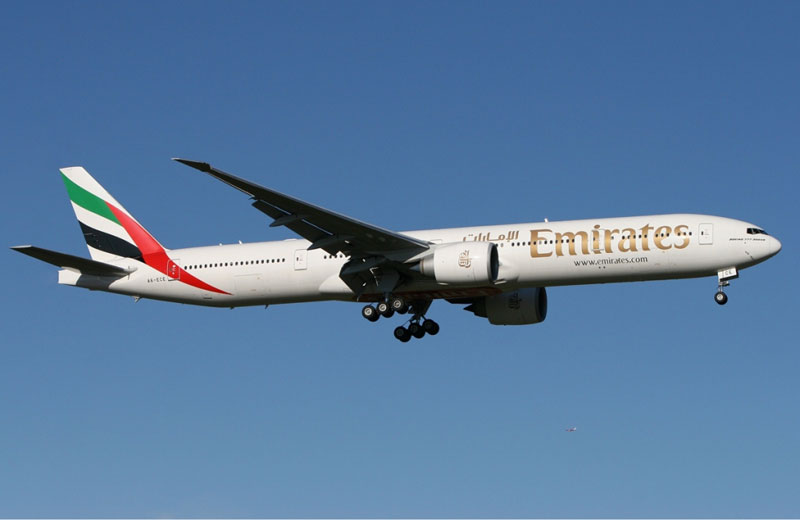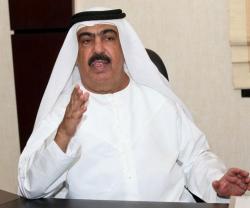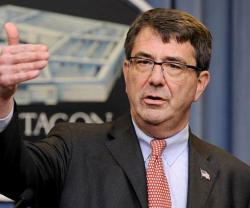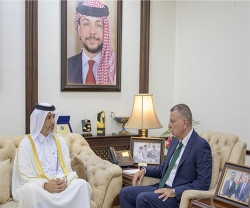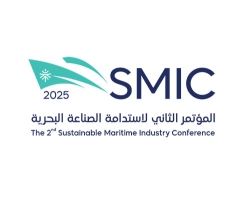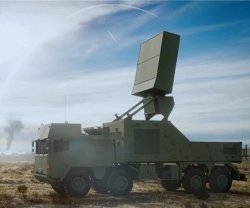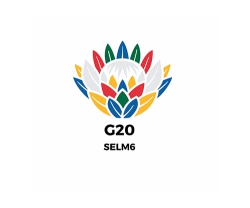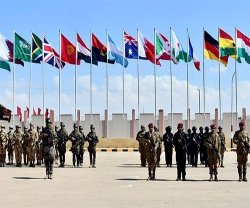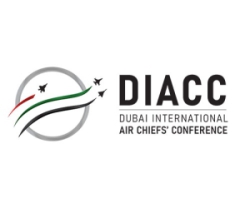The Middle East is leading the world with air passenger demand expected to expand 4.6% annually for the next two decades, said the Director General and CEO of the International Air Transport Association (IATA).
The region will become a market of 383 million passengers, added Tony Tyler, speaking at the AACO Annual General Meeting in Jeddah, Saudi Arabia.
“This will increase the Middle East’s importance in aviation affairs. Such rapid growth will require cooperation and visionary planning to manage. My favorite of the 1001 Nights’ tales is the voyage of Sinbad. Aviation in the Middle East is on an exciting voyage of its own.
Tyler called for specific actions to be taken in the following areas over the next “1001 Nights” (to September 2018):
Security:
- More airports working with the industry on the Smart Security program to improve the efficiency, effectiveness and experience of passenger security
- Passengers benefitting from the information that they provide with more efficient facilitation, especially at border control
- More relevant information on conflict zones being shared by governments with airlines
Safety:
- As with security, the top priority should be an accident-free 1001 nights.
- A key and concrete step for this region would be to increase the level of compliance with ICAO standards and recommended practices.
- At present, the average rate of compliance for the region is 68%. The goal should be for 80% of audited Arab states by end of 2018.
Air Traffic Management:
- ATM is an issue of pressing concern. Capacity has not kept pace with the growth in demand, which is leading to significant delays.
- Nobody is challenging sovereignty. States need to work together so that aircraft can get from A to B as efficiently as possible.
- The specific achievements which would be most useful by the middle of 2018 would be for the airspace over the Saudi Empty Quarter to be opened up, and for traffic flow in the Muscat FIR to improve.
- Air navigation service providers should establish a mechanism to measure ATM system performance against user expectations.
Regulatory Change:
- The opportunity for the next 33 months is to achieve a consistent, coherent regional approach to regulation following principles that ensure fair and responsible treatment.
- We should also press governments to recognize that airlines operate in a competitive market where keeping customers loyal is business-critical and good service is essential.
Sustainability:
- In September 2016, the International Civil Aviation Organization will make a decision on a global market-based measure which will make aviation carbon-neutral growth a reality.
- There is lot of difficult work ahead. Failure could lead to an untenable patchwork of regulation, taxes, charges and further onerous measures. To get the best result from governments, the industry must remain united.
- Looking ahead 33 months, preparations are well underway to be ready for carbon-neutral growth in 2020.

